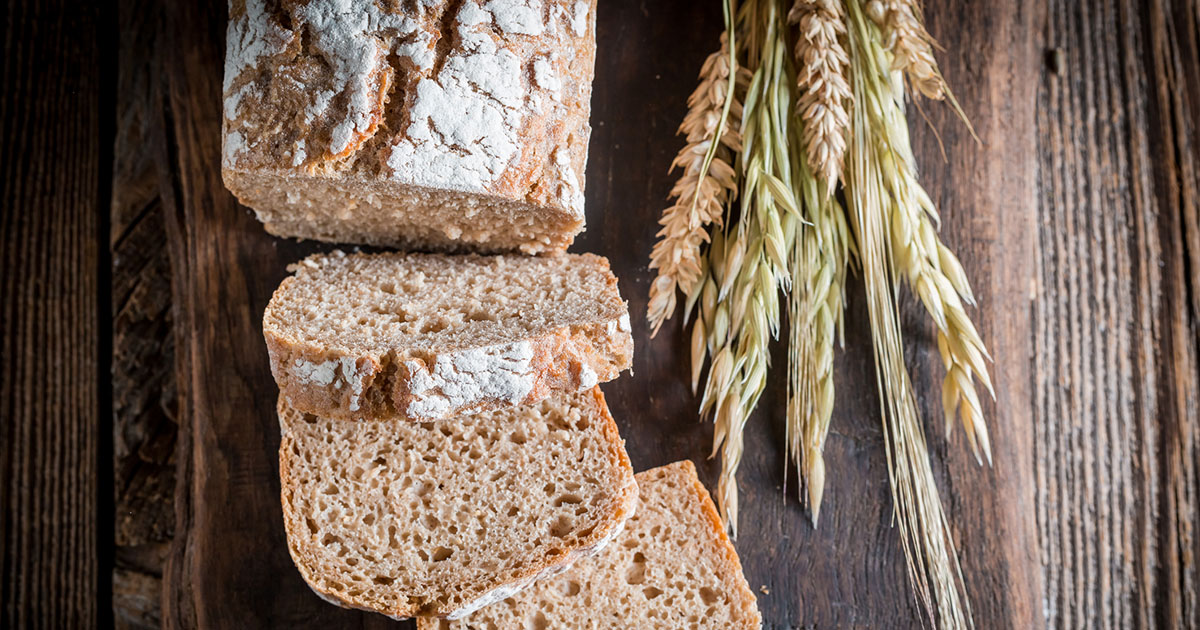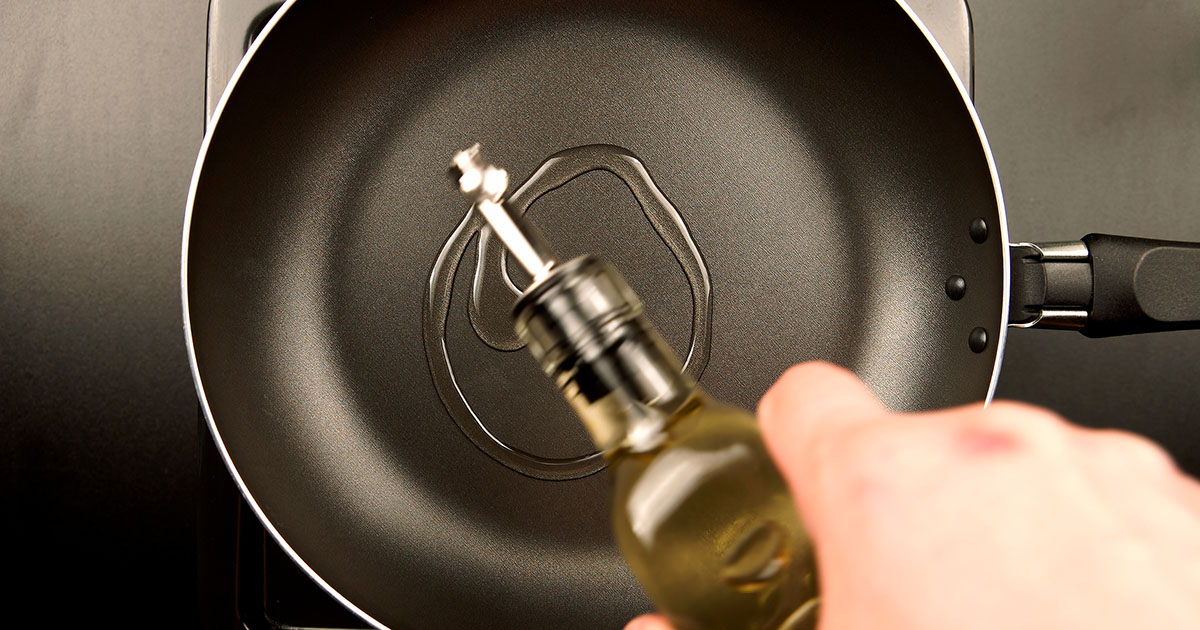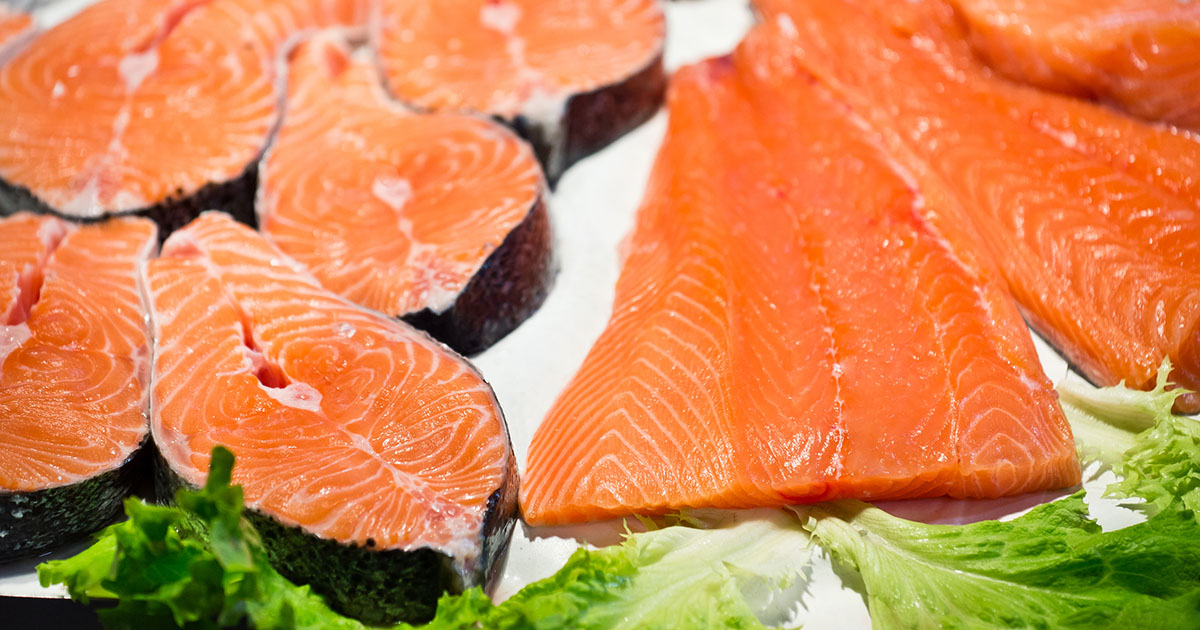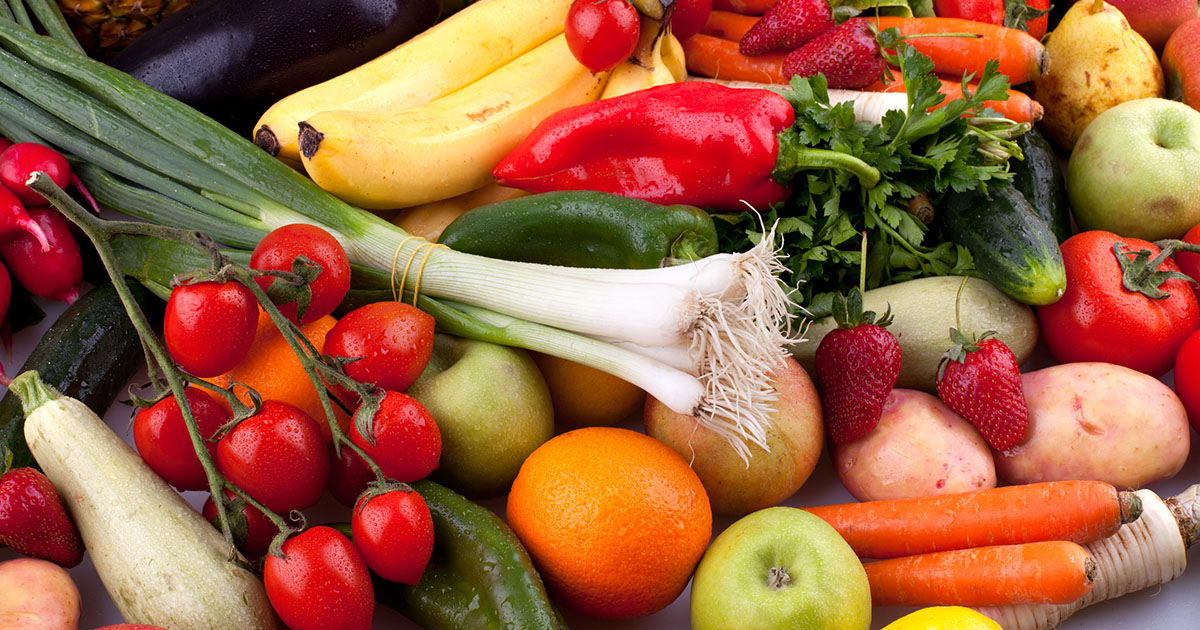How To Follow The Mediterranean Diet
Research has proven that the Mediterranean diet is a healthy one time and time again. It shows individuals who follow this diet are at a much lower risk of heart disease and related conditions, weigh less, and are less likely to develop dementia, depression, Parkinson's disease, and even cancer, particularly breast cancer among women. So what is this diet all about? How does an individual go about following it? It is time to answer these questions in detail, so keep reading to learn how to boost your health and follow the Mediterranean diet today!
Go For The Whole Grains

Everyone needs to include carbohydrates, specifically in the form of grains, in their diet. Many individuals simply reach for the refined white bread, pasta, and similar options. However, the Mediterranean diet shifts this focus onto whole wheat options, ancient grains and seeds instead. Thus, fill your grocery cart with brown rice, whole wheat pasta, quinoa, chia seeds, buckwheat, and bread full of other ancient grains. These whole grains help lower blood pressure, aid in digestion, manage weight, lower bad cholesterol, and keep individuals feeling full for longer, among many other health benefits. They do this through the vast array of vitamins and nutrients they contain, such as fiber, iron, and vitamin B, as well as the status of complex carbohydrates of many whole grain options.
Fats And Oils Are Not The Enemies

Many individuals believe they need to minimize the amount of fat and oil they consume in their diet if they wish to remain healthy. However, to follow the Mediterranean diet, individuals must do the opposite! Within reason, of course. For instance, instead of using butter or canola oil when cooking, turn to extra-virgin olive oil. Olive oil, particularly extra-virgin olive oil, is a rich source of monounsaturated fatty acids, which improves high-density lipoprotein cholesterol (the good kind) and thus reduces bad cholesterol. For an authentic Mediterranean taste, drizzle this oil on fish or chicken, use it in salad dressings, and as a pasta sauce.
Healthy fats to include in a good Mediterranean diet are omega-3 and omega-6s, both of which help to reduce the risk of heart disease, diabetes, and arthritis, as well as assisting in healthy hair and skin growth, and reducing depression. Aside from extra-virgin olive oil, good sources to include in a Mediterranean diet are avocados, garlic, walnuts, eggs, and fish.
Fish Are Your Best Friends

Fish is the primary source of protein in the Mediterranean diet and should replace most instances of red meat, although chicken is still allowed since it is lean. Specific choices of fish include fatty fish such as mackerel, salmon, and sardines, as well as lean fish like tilapia and cod. To start following this diet, include fish once a week, and slowly increase this number over time.
All of these types of fish are good sources of protein, and the fatty fish are rich in the healthy fats previously discussed. Cooking a piece of fish on parchment paper in the oven is a great way to incorporate it into your diet without making a mess. Aside from eating a piece on its own, fish can be incorporated into stir-frys, tacos, and even soups. Just avoid deep frying the fish when following this diet and you will be on the right track.
Raise A Glass Of Wine

Yes, wine is on the menu for those who are trying to follow the Mediterranean diet. Wine is a staple in Mediterranean countries such as Italy and, it is often consumed alongside a meal. This is how everyone should consume wine, instead of drinking it on its own, which often leads to excessive drinking. Aim for one five-ounce glass with a meal instead. Red or white is fine to drink, as both have significant health benefits when consumed in moderation, such as lowering the risk of cancer and heart disease, and their antioxidant content. For the full details on the health benefits of consuming wine, check out Cheers To Your Health, Courtesy Of Wine. Since there are benefits to both types of wine, choose what pairs best with the meal on the table.
Color Your Plate With Fruits And Vegetables

Fruits and vegetables come in just about every color imaginable. Make sure the majority of your plate reflects the rainbow with choices such as yellow pepper, zucchini, tomatoes, eggplant, pumpkin, blueberries, cauliflower, and strawberries. Fruits and vegetables have countless benefits, such as being high in vitamin C, iron, fiber, and being complex carbohydrates, depending on which ones are chosen. The Mediterranean diet, though it does include fish, is primarily plant-based, which is where consuming a plethora of fruits and vegetables comes in. Choosing a variety is essential to obtaining all of the necessary vitamins and nutrients, so be sure to balance out every choice for the best results.
Dive Into Dairy

No discussion of the Mediterranean diet would be complete without mentioning dairy. Dishes such as pizza, pasta, and antipasto platters are incredibly common in Mediterranean countries, and dairy plays a role in all three. Cheese and Greek yogurt are the two most popular dairy products included in a Mediterranean diet. The use of cheese is, of course, obvious since it is often found in pizza, pasta, and antipasto platters, as mentioned above. Greek yogurt is often cited as a part of breakfast, but it can also act as a base in many other ways, such as in Tzatziki or numerous creamy sauces meant as dips or for pasta. Many individuals also use Greek yogurt as a substitute for mayonnaise or sour cream, butter in baking, and heavy cream in soups.
Eliminate Fast Food

Unfortunately, fast food is not an option within the Mediterranean diet. To follow the diet without deviating, this means eliminating fast food entirely. When individuals who follow this diet do wish to eat out, the best choice is a healthy, sit-down restaurant. This choice lessens the inclusion of excessive sodium and fried food, unhealthy fats, and unnecessarily high calories in food, which are all common in most fast food choices. The key is to pick fresh food cooked using healthy techniques and to have food falling within one of the main areas of focus of the Mediterranean diet.
